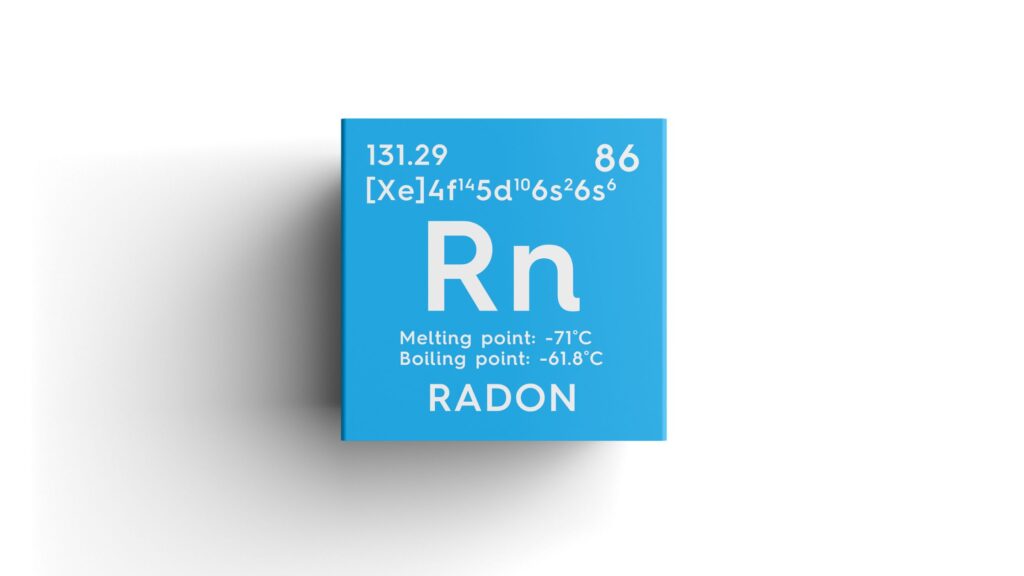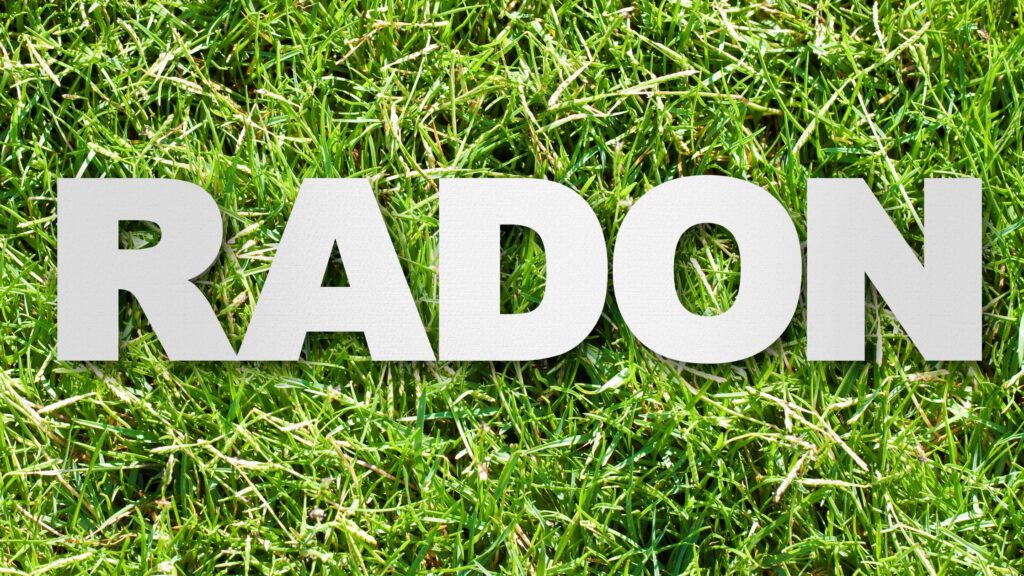Radon gas is a hidden danger that can build up inside homes without any warning. Many homeowners don’t even realize it’s there until a test shows high levels. That’s where certified radon mitigation system installers come in. They provide custom solutions to lower radon levels and make your indoor air safer to breathe. In this article, you’ll learn how to choose the right professionals, explore common mitigation methods, and find out how to keep your home protected over time. We’ll focus on quality and safety—without talking about costs.

Table of Contents
- Why Choose Certified Radon Mitigation System Installers
- Understanding Radon Testing and Assessment
- Common Types of Radon Mitigation Systems
- How Radon Mitigation Systems Operate
- Selecting the Right Installer: Credentials Matter
- What to Expect During Installation
- Post‑Installation Care and Monitoring
- Final Thoughts
Why Choose Certified Radon Mitigation System Installers
Hiring certified radon mitigation system installers is one of the best ways to make sure your home stays safe from harmful radon gas. These professionals follow strict guidelines from organizations like the NRPP or NRSB, so you know the work meets industry standards. They also bring real experience to the job—finding where radon is entering your home and creating a system that fits your home’s layout. When you work with certified experts, you get long-term protection and peace of mind knowing your family is breathing cleaner, safer air. Learn more about radon gas.
Understanding Radon Testing and Assessment
Before installing any system, certified radon mitigation system installers begin with professional radon testing. They use tools like continuous monitors or charcoal test kits, placing them in key areas to get accurate results. Once the testing is complete, they review the data and only recommend mitigation if radon levels are above the EPA’s action level of 4 pCi/L. They also visit your home to check the foundation, airflow, and possible radon entry points. This helps them design a system that works best for your specific space.
Common Types of Radon Mitigation Systems
Certified radon mitigation system installers use different methods, like:
a) Active Soil Depressurization (ASD): This is the most effective and widely used method. A fan pulls radon gas from beneath the foundation and vents it safely outside through PVC piping.
b) Sub-Membrane Suction (for Crawl Spaces): Installers cover exposed soil with a durable plastic sheet and use suction to remove radon from beneath the barrier.
c) Drain Tile or Sump Pump Suction: If your home has a sump pit or drain tile system, installers can connect pipes to these areas to draw radon gas away before it enters your home.
d) Block Wall Depressurization: In homes with concrete block walls, suction pipes are placed inside the wall cavities to pull radon out from within.
How Radon Mitigation Systems Operate
Well-designed and certified radon mitigation system installers take the following steps to make sure the system works properly:
- They install a PVC vent pipe through the foundation slab to create suction that pulls radon gas from beneath your home.
- They place a fan in an unconditioned area—like the attic or outside—to keep radon from entering your living space.
- They seal any cracks or openings in the foundation to stop radon from finding other ways into the home.
- They position the exhaust pipe at least 10 feet above the ground and away from windows, so the gas vents safely outside.

Selecting the Right Installer: Credentials Matter
When choosing radon mitigation system installers, it’s important to look for a few key features:
A) Certification & Licensing: Make sure the installers are certified by trusted programs like NRPP or NRSB. In some areas, they may also need a local license to do the work legally.
B) Experience & Reputation: Go with a company that has a solid track record in both homes and commercial buildings.
C) Customized Solutions: A good installer will design a system based on your home’s layout, foundation type, and radon levels.
D) Warranty & Follow-Up: Ongoing support like retesting, maintenance, and warranty coverage ensures the system keeps working long-term.
By focusing on these factors, you’ll find radon mitigation system installers who deliver both quality and peace of mind.
What to Expect During Installation
Certified installers follow a clear, active‑step process:
- They inspect the property to design a mitigation plan.
- They drill through the slab or set up suction points and install piping and fan units.
- They seal foundation cracks and gaps to prevent radon entry.
- They connect the system electronics and test the fan and manometer during installation.
- After system activation, they conduct a follow‑up radon test (typically after 24–48 hours) to confirm radon levels dropped below safe thresholds.
Throughout the process, installers communicate clearly—they often finish in one day, minimize disruption, and leave the site clean and orderly.
Post-Installation Care and Monitoring
After installation, certified radon mitigation system installers guide homeowners on maintaining the system:
- They explain system operation, reading the pressure gauge, and troubleshooting common issues like fan failure or pipe blockage.
- They recommend retesting every two years or whenever structural changes occur (e.g., remodeling, foundation repairs).
- They offer follow-up monitoring or inspection to ensure radon levels remain consistently low over time.
This ongoing service helps homeowners stay proactive and confident in their indoor air safety.

Final Thoughts
For trusted radon mitigation system installers in Des Moines and nearby areas, Des Moines Radon offers reliable testing and effective solutions. Their certified team uses EPA-approved methods like active soil depressurization to lower radon levels safely. Customers appreciate their clear communication, clean installations, and strong results—often reducing radon well below dangerous levels. With ongoing support and warranties, Des Moines Radon ensures your home stays safe long term. Visit Des Moines Radon to connect with experts who prioritize your indoor air quality.





